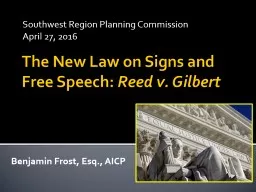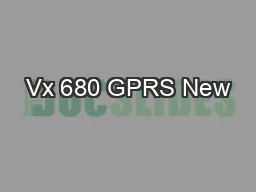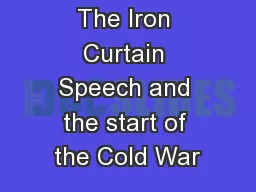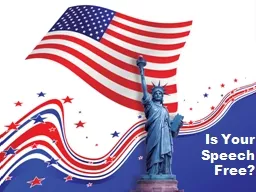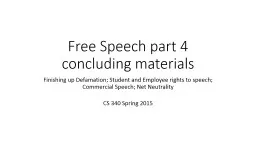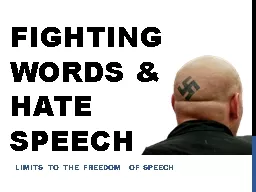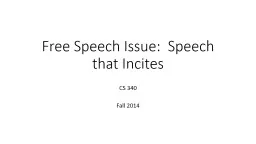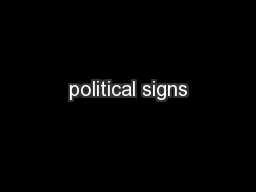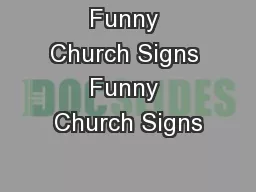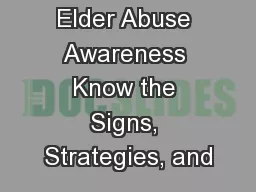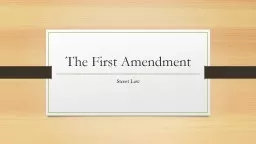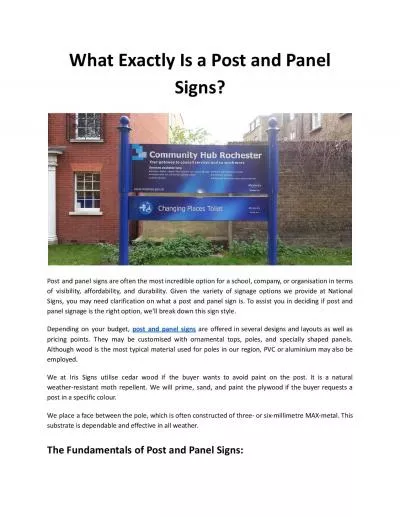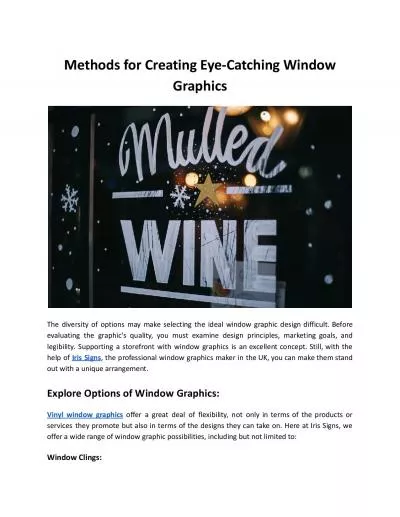PPT-The New Law on Signs and Free Speech:
Author : danika-pritchard | Published Date : 2017-05-07
Reed v Gilbert Southwest Region Planning Commission April 27 2016 Benjamin Frost Esq AICP F i rs t A m en d m ent Congress shall make no law respecting an establishment
Presentation Embed Code
Download Presentation
Download Presentation The PPT/PDF document "The New Law on Signs and Free Speech:" is the property of its rightful owner. Permission is granted to download and print the materials on this website for personal, non-commercial use only, and to display it on your personal computer provided you do not modify the materials and that you retain all copyright notices contained in the materials. By downloading content from our website, you accept the terms of this agreement.
The New Law on Signs and Free Speech:: Transcript
Download Rules Of Document
"The New Law on Signs and Free Speech:"The content belongs to its owner. You may download and print it for personal use, without modification, and keep all copyright notices. By downloading, you agree to these terms.
Related Documents

